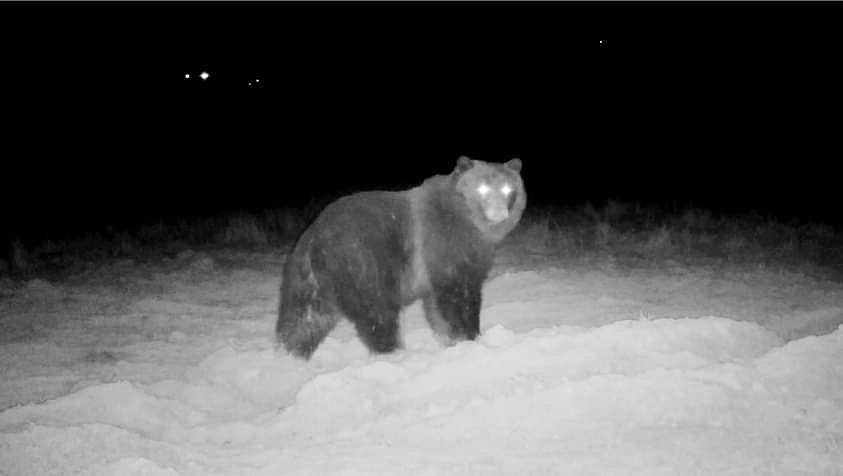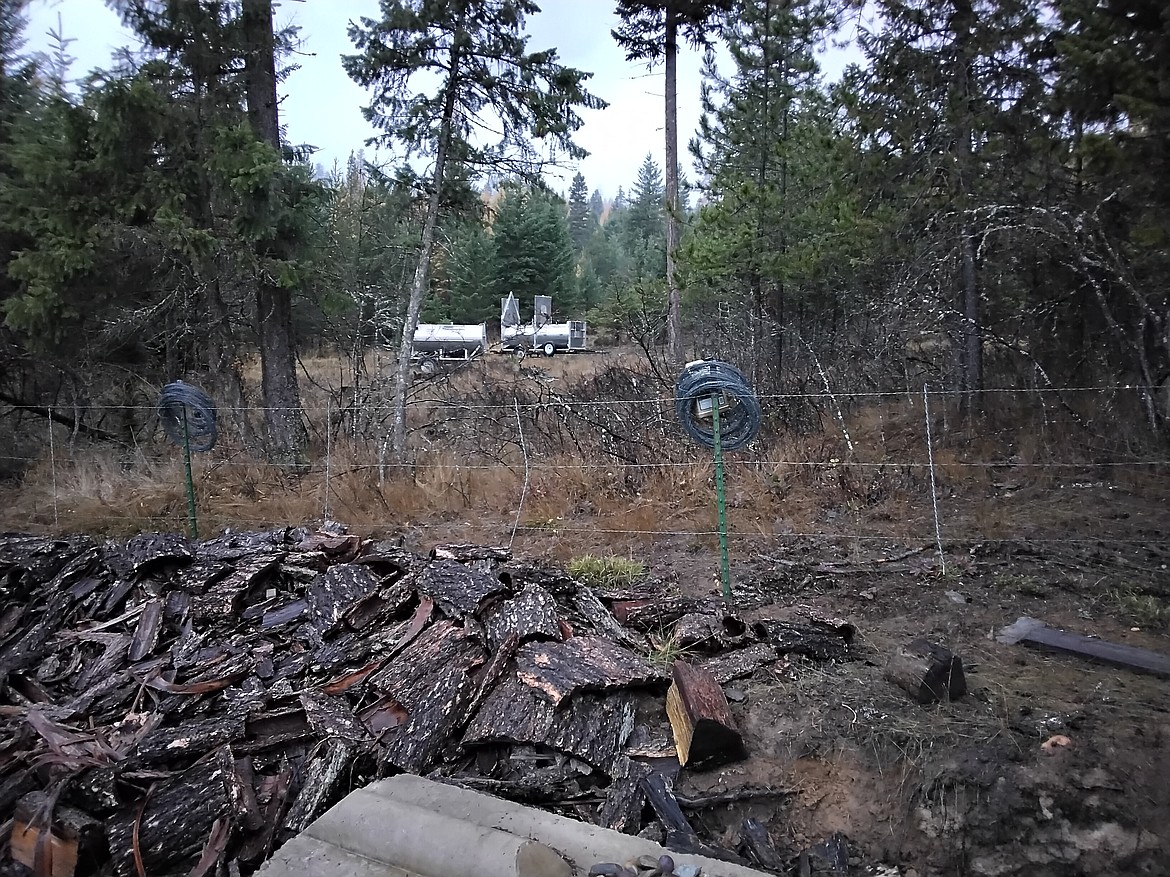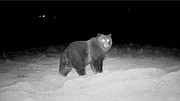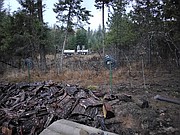Grizzly trapped south of Libby
Wildlife specialists captured an adult male grizzly and deployed additional traps for other bears that may be roaming around a residential area south of Libby last week.
Officials with Montana Fish, Wildlife and Parks and the U.S. Fish and Wildlife Service trapped the male grizzly near Parmenter Creek Road on Oct. 28, according to a press release. Specialists transported the bear, which was seeking “human-related attractants” in the area, to a remote location in the southern Cabinet Mountains.
In hopes of catching additional grizzlies seen on camera near Parmenter Creek Road, bear managers set more traps on Oct. 28.
Martin Dunbar, who lives in the area, said a game camera he placed on his property captured images of at least three other bears. One picture he said shows an adult female grizzly and two cubs pawing around a tree in his yard. Another revealed an adult male, which Dunbar suspected — but couldn’t prove — was a different bear than the one state and federal officials caught last week.
While grizzlies have regularly passed through the area, Dunbar said the bears seemed to be lingering longer this season.
“There’ve always been grizzlies around,” he said. “They’ve always been traveling through and you might hear or see signs of them … but they’ve been up there three weeks hanging around.”
With young children living nearby, Dunbar worried the bears might pose a safety risk if they stayed in the area for much longer.
Bears are especially active this time of year as they seek food in preparation for winter, according to the FWP release. To keep bears out of residential areas, officials recommend removing or securing attractants, the most common of which are garbage, pet and livestock food, and fruit trees. Compost gardens, outdoor food cookers and beehives can also draw bears on to properties.
“If a bear does not receive a food reward, it is far less likely to show up in the first place or return,” officials said in the release. “Bears that gain rewards from human food sources can become food-conditioned, which means they lose their natural foraging ability and pose an increased risk to human safety.”
To effectively secure attractants, officials recommend containing them in a hard-sided structure with four walls. Bear-resistant containers, certified by the Interagency Grizzly Bear Committee, can be useful in containing garbage. In cases where securing attractants inside a structure isn’t practical, electric fences can serve as bear deterrents.
Residents who find bears on their property should always keep a safe distance. Creating loud noises by shouting, banging pots and pans, using an air horn or triggering a car alarm can act as a short-term deterrent.
Bear spray is a highly effective and non-lethal deterrent. Using a firearm against a bear can create a public safety issue, according to state officials, as wounding a bear can reduce its ability to forage and make it more likely to seek food in residential areas.
Residents should report bear activity around Libby to Wayne Kasworm, with USFWS, at (406) 293-4161, ext 205, or Kim Annis, with FWP, at (406) 293-4161, ext. 207.





